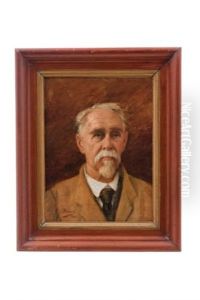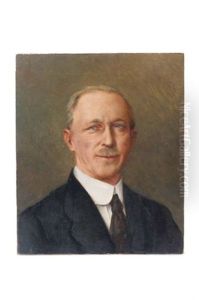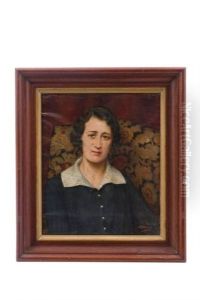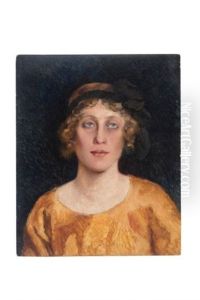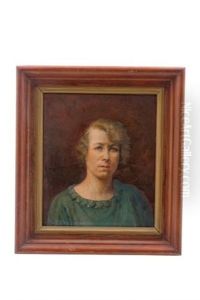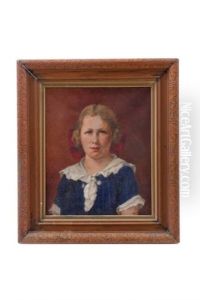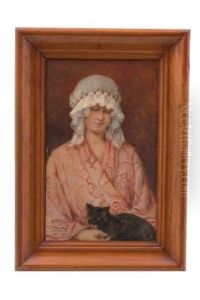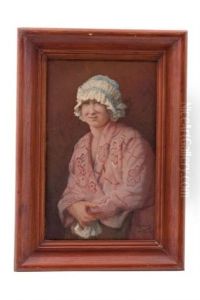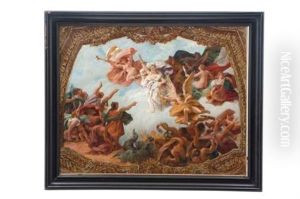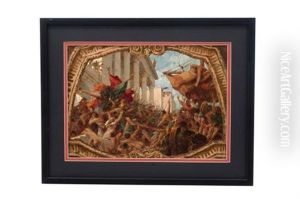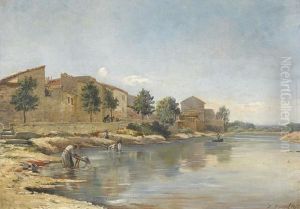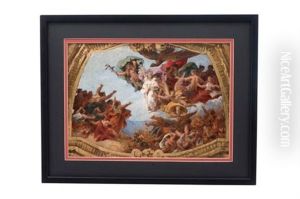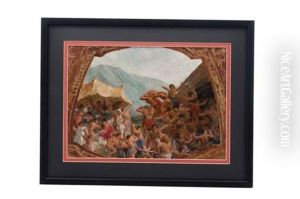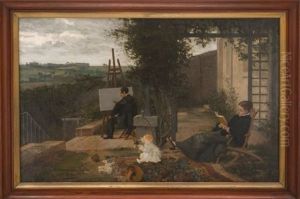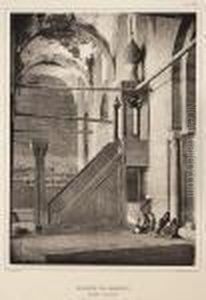Emile Benard Paintings
Émile Bénard was a French architect and artist, born in 1844 in Paris and passing away in 1929. He is most renowned for his contributions to architecture, but his talents were diverse, encompassing painting and teaching. Bénard's architectural style was deeply influenced by the Beaux-Arts movement, a hallmark of French architectural design characterized by its grandiose, classical forms and intricate detailing. His education at the École des Beaux-Arts in Paris, where he was imbued with the principles of this movement, played a pivotal role in shaping his design philosophy.
Bénard's career was marked by several significant projects and competitions, which showcased not only his architectural prowess but also his innovative approach to design. Perhaps one of his most notable contributions was his participation in the competition for the design of the Palais du Trocadéro in Paris, although his proposal was not selected. Despite this, his work caught the attention of the architectural community and led to further commissions.
In addition to his architectural endeavors, Émile Bénard was also an esteemed educator, imparting his knowledge and passion for architecture to students at the École des Beaux-Arts. His teaching influenced a generation of architects, propagating the Beaux-Arts principles and aesthetics well into the 20th century.
Bénard's impact on architecture extended beyond France. He was involved in the famous 1893 World's Columbian Exposition in Chicago, where he worked alongside other notable architects such as Daniel Burnham. This event was pivotal in introducing the Beaux-Arts style to the United States, influencing the development of American architecture in the subsequent decades.
Émile Bénard's legacy is a testament to his diverse talents and enduring influence on the field of architecture. His work continues to be studied and admired for its artistic merit and contribution to the architectural heritage of France and beyond.

